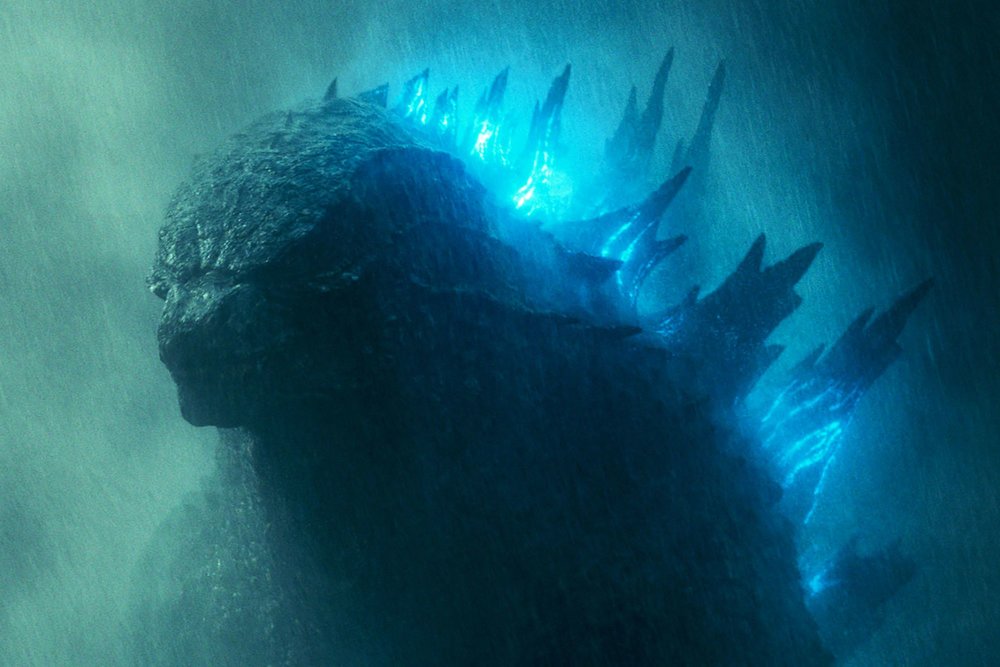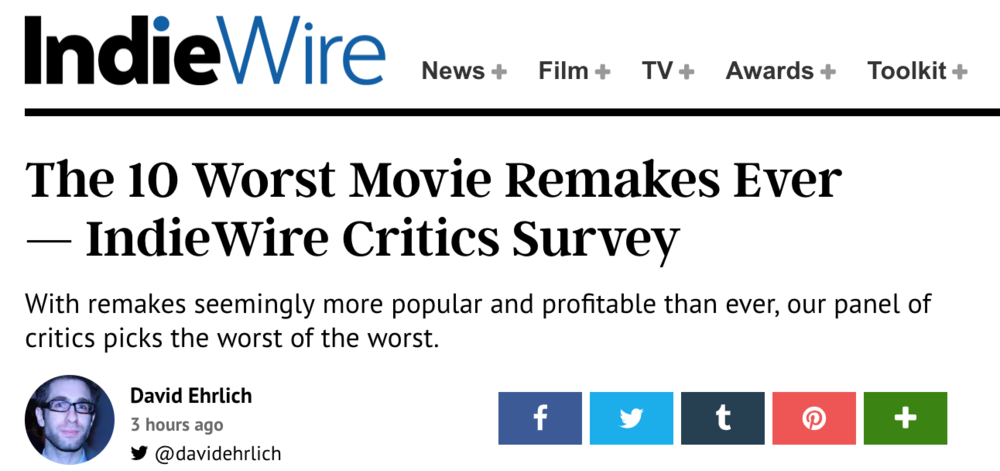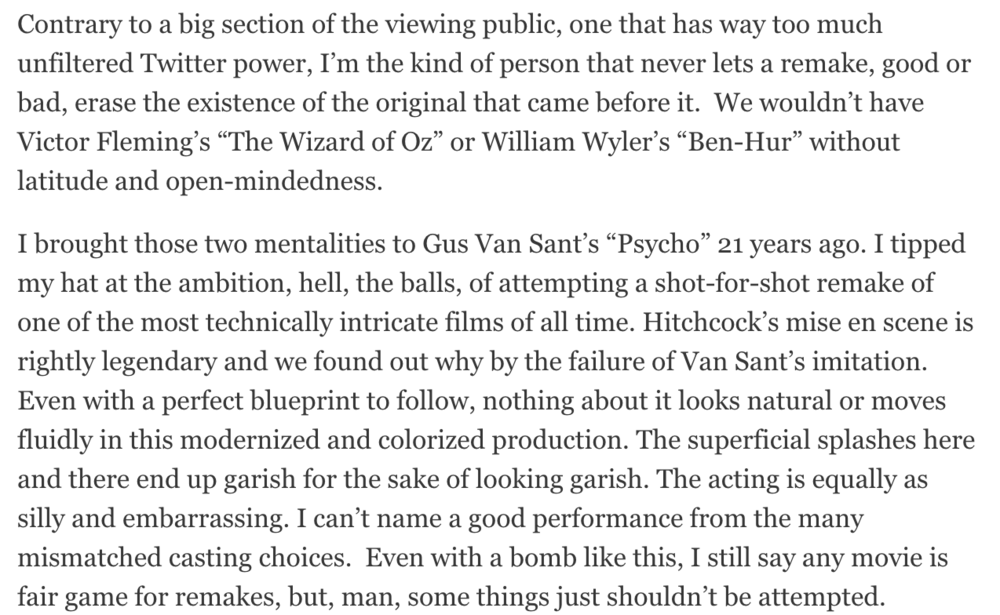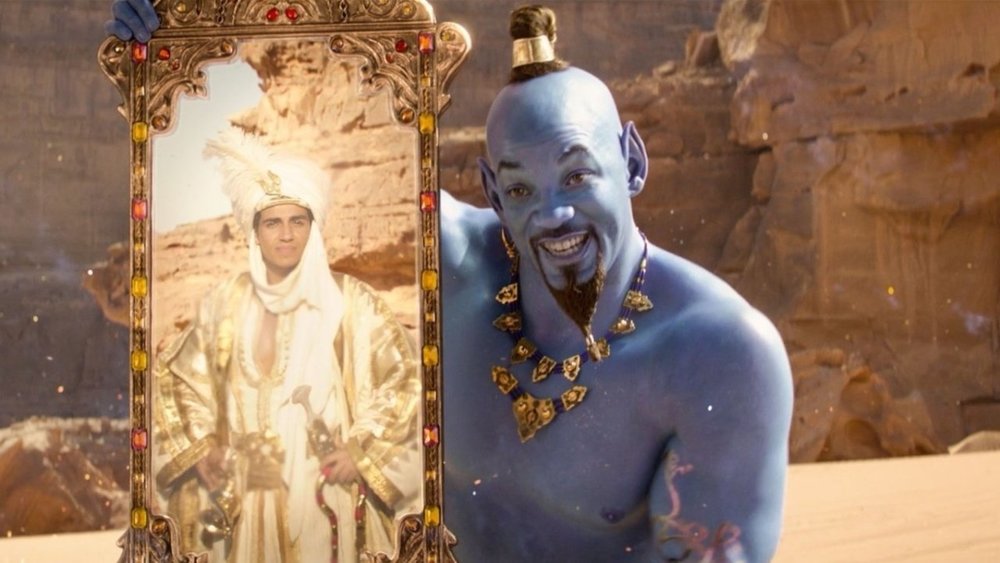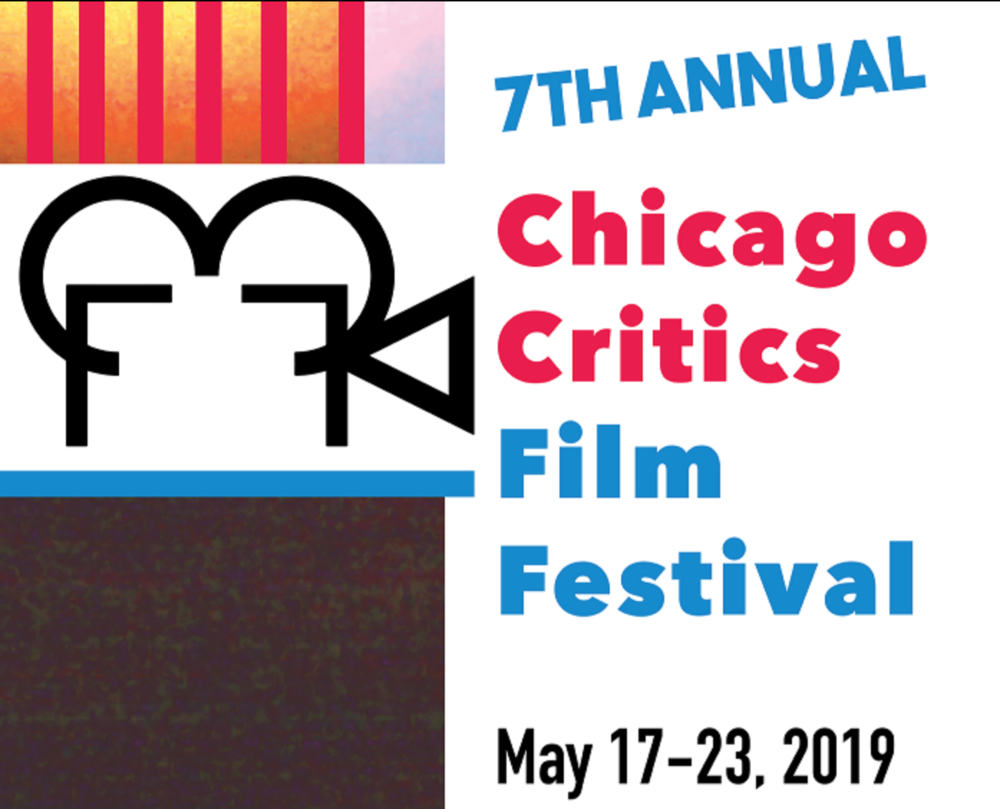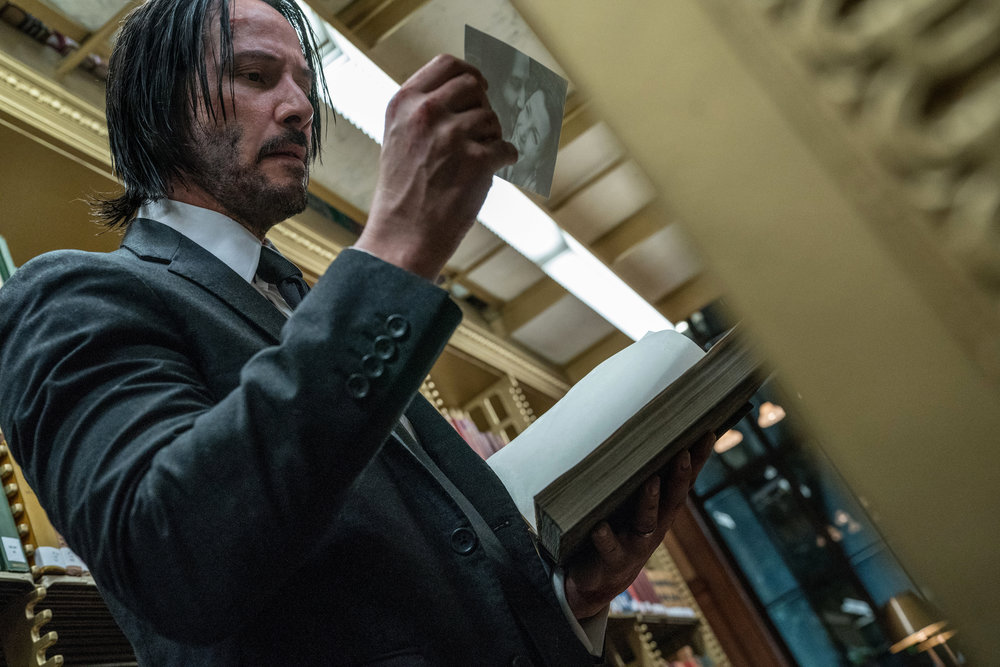
Can we learn anything from the most famous casino cheats in movies?
There’s a very good reason why casinos make an appearance in so many films. They contain all the elements needed for a gripping drama. They’re naturally glamorous locations filled with the beautiful and wealthy, where fortunes being won or lost on the turn of a card or the spin of a roulette wheel. Last, but not least, they give the hero of the film the chance to use their wits or skill to get the better of both the casino and the other players who are pitted against them.
In some movies, like the Ocean’s series starring Brad Pitt and George Clooney, this takes the form of pulling off a major heist – but in others it’s a question of letting the characters in the film bend the rules to tip the odds in their favor. This celebration of rule breaking makes for a captivating spectacle for viewers, some of whom might well be inspired to try the techniques shown on screen.
Of course, we can’t condone this kind of behavior – and in some cases it’s simply too fantastical to copy. However, here are five great movies which go to show that sometimes cheats really can prosper.
The Sting (1973)
Following the massive box office success of Butch Cassidy and the Sundance Kid this follow-up again starred Paul Newman and Robert Redford. The action takes place in Depression-hit 1936 with the pair playing a couple of grifters called Henry Gondorff and Johnny Hooker. The complex plot revolves around the pair’s efforts to cheat a violent gangster called Doyle Lonnegan, played by Robert Shaw, out of thousands of dollars. But first they have to reel him in to the scam which they do in a highly charged poker game on board a glamorous train called the 20th Century Limited.
Newman plays a bookmaker called Shaw who challenges Lonnegan to a game of poker and lulls him into a false sense of security by behaving like a boorish drunk. But as the scene plays out, we discover that both men are cheating by using extra cards – but Newman is a little better at it in the end and humiliates his foe by winning. So while direct cheating like this would never be acceptable, the principle of pretending to be a worse player than you really are could certainly be an effective techniques.
Chances of working: 6/10
Rain Man (1988)
This 1988 classic starring Dustin Hoffman and Tom Cruise was the landmark movie that introduced mainstream audiences to the concept of card counting in blackjack. For the uninitiated, this is the observation of which high number cards are yet to be dealt from the pack, or packs, in play. This helps the player estimate the likelihood of being able to beat the dealer – thus tipping the odds in their favor.
In the movie Hoffman plays the autistic brother of Cruise, an opportunistic con-artist who harnesses the former’s uncanny ability to memorize cards with the objective of winning big in the casino. This works well for the pair – until the casino catches on to what’s occurring and they are unceremoniously asked to leave. If you were ever to be found doing the same there’s a fair chance that the same would happen to you – as Hollywood A-lister Ben Affleck found out to his cost in 2014.
However, some gamblers have been pulling it off for years. If you want to sharpen your skills, using an effective card counting training guide would be a good place to start. In the worst case scenario, you’ll be banned from a casino. In the best, you’ll become a millionaire. In our opinion, it’s a chance worth taking.
Chances of working: 9/10
21 (2008)
Widely acknowledged to be the best blackjack movie ever, 21 is all the more remarkable because it’s based on a true story about a casino scam that went on for a couple of decades from the late 1970s onwards. Again, card counting was used to get the edge over casinos but, instead of autistic savants, the perpetrators were brilliant mathematicians from the Massachusetts Institute of Technology.
In the film they are recruited by their professor, just as they were in real life. The difference is that, in 21, the character is played by Kevin Spacey who divides the students into teams who work in unison to take casinos to the cleaners. Communicating with signals and code words, they spend the movie making a fortune. But, the harsh reality of the real world intrudes as the casinos are set to introduce biometric screening to catch them out. So they make a final visit to Vegas in heavy disguise. Does it work out for them? You’ll just have to watch the movie to discover.
Again, card counting works. In this case, it actually did. So it stands to reason that it is undeniably one of the more successful forms of casino cheating. You just need to have superhuman focus, courage and memory – a combination very few people actually have.
Chances of working: 9/10
Casino (1995)
Martin Scorsese had a tough act to follow after the global success of Goodfellas – but he made a pretty good job of it with this offering from 1995. Marking the twilight years of the mafia’s involvement in Las Vegas and featuring many of the actors from his previous mob movie including De Niro and Joe Pesci plus Sharon Stone too. It also included an object lesson in why it was a big mistake to cheat, especially in those days. Casino manager Pesci catches a couple indulging in “spooking”, otherwise known as spying on the dealer’s cards.
Needless to say, he doesn’t just take the cheats aside for a quiet word. He offers one of the spookers the option of walking away empty handing or taking his punishment. He chooses the latter which, as anyone who’s seen the film will know, was a very bad move.
Chances of working: 4/10
Beyond the Edge (2018)
Our final example is a recent release in Russia, which hinges on the concept of a team with super intelligence and telekinetic powers who decide to use them to win a fortune at a casino. For example one member can use mind power to direct a roulette ball into the winning number, another can scramble electronic devices like slots machines.
It’s a fantastical story, and one that mere mortals, lacking the psychic powers of someone like Uri Geller professes to have, couldn’t hope to emulate. If you tried something like this in a casino, you’d get laughed all the way out to the car park – and trolled for life on social media. However, it’s such a gripping story that we wouldn’t be surprised to see Hollywood picking up the story and transferring the action to Las Vegas very soon indeed.
Chances of working: 1/10

LOGO DESIGNED BY MEENTS ILLUSTRATED
Permalink
from REVIEW BLOG - Every Movie Has a Lesson http://bit.ly/2W8SvNi
















